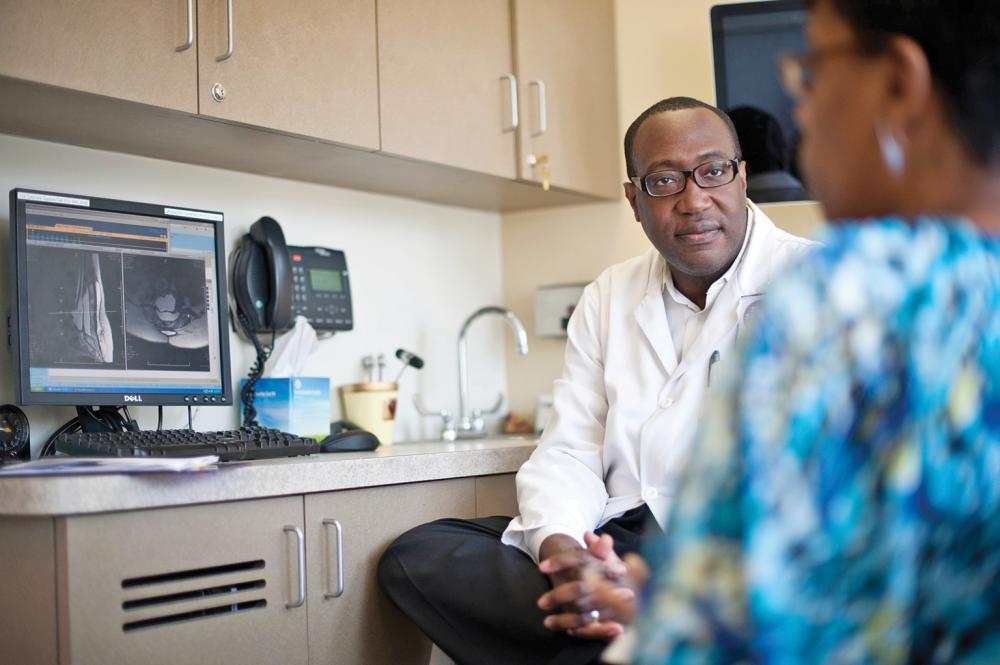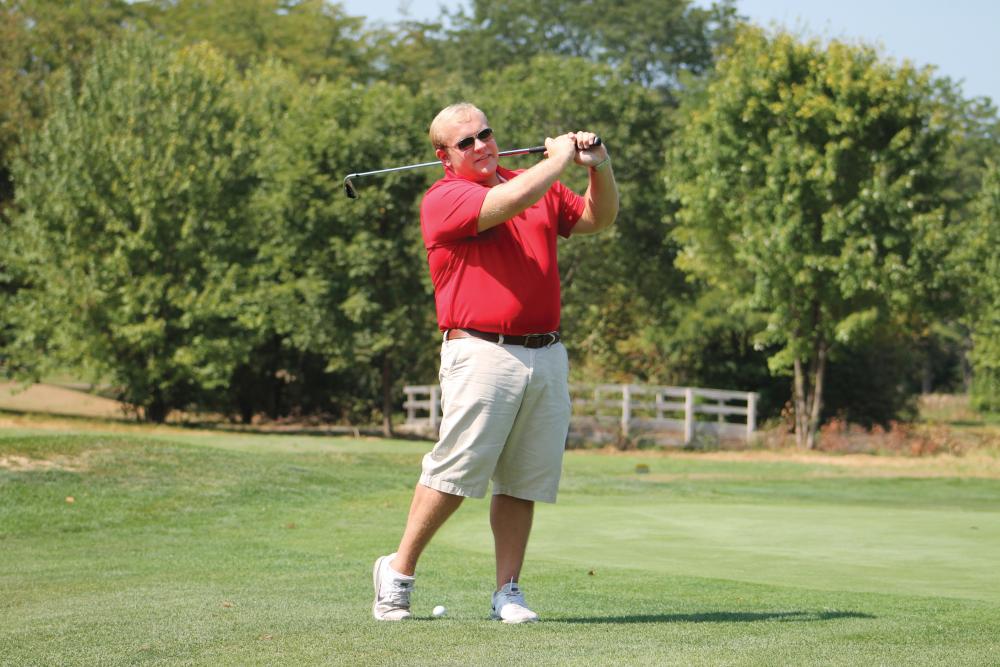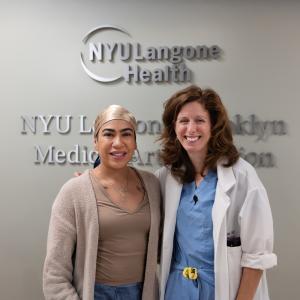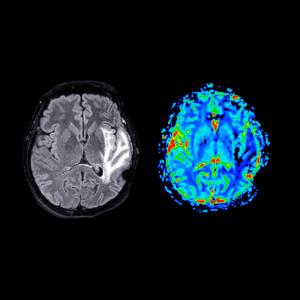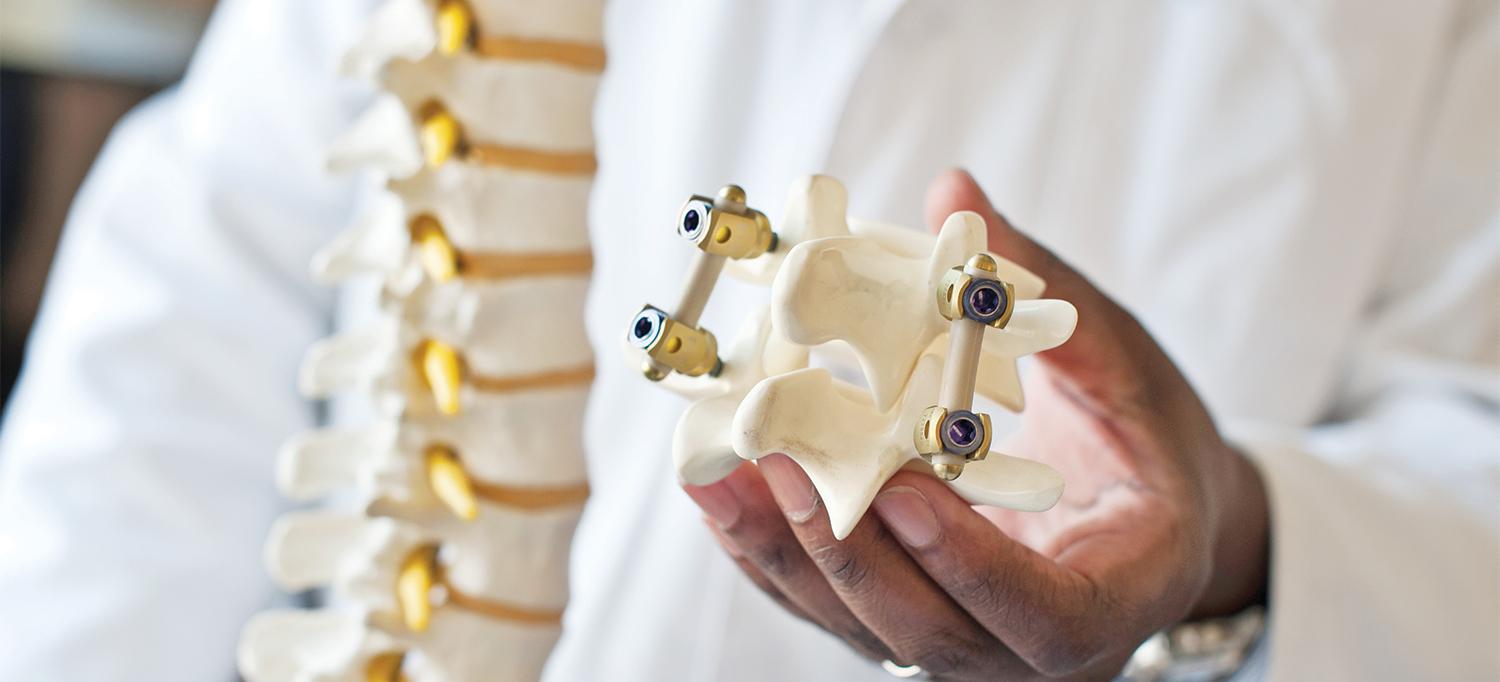
The Spine Center at NYU Langone, which evaluates more than 18,000 patients annually, combines the expertise of two world-class departments, neurosurgery and orthopaedic surgery, with the integral support of Rusk Rehabilitation’s physiatry team.
Photo: Joshua Bright
Adam White, a 20-year-old, 265-pound former lineman for his high school football team, could live with the discomfort of Scheuermann’s kyphosis, a rare disease that causes a severe curvature of the thoracic spine, but he didn’t want to any longer. “It made me look like Quasimodo,” he says. When he began to experience tingling and numbness in his hands and feet that lasted for hours, the once cheerful college sophomore told his mother, Carolyn: “We need to see a doctor.” The Whites, who live in Orefield, Pennsylvania, visited several top specialists in the Lehigh Valley and nearby Philadelphia. After reviewing images of Adam’s spine, one neurosurgeon said simply: “I can’t help you.”
The search for a solution led to the Spine Center at NYU Langone. The center combines the expertise of two world-class departments, neurosurgery and orthopedic surgery, with the integral support of Rusk Rehabilitation’s physiatry team, all three of which are ranked among the top 10 programs in their fields nationwide by U.S. News & World Report’s Best Hospitals Rankings. Working closely with neurologists, radiologists, anesthesiologists, and other specialists, the center’s 15 surgeons evaluate more than 18,000 patients and perform some 2,800 surgeries and 3,000 interventional procedures annually. “Our philosophy of care emphasizes comprehensive evaluation, conservative treatment that delays or eliminates the need for surgery, and when possible, minimally invasive techniques,” explains the center’s codirector, Anthony Frempong-Boadu, MD, director of the Division of Spinal Neurosurgery in the Department of Neurosurgery.
Adam’s case was unusually complex. Not only was his thoracic spine badly deformed, but he also suffered from another rare condition, known as a spinal-cord hernia, in which the spinal cord pushes out of a hole in its protective sleeve. At NYU Langone, Adam and his father, Ed, met with Noel Perin, MD, director of minimally invasive spine surgery, who has extensive experience treating this condition.
Yet even Dr. Perin had never encountered a case quite like Adam’s. “You have two of the rarest congenital spinal conditions in the world,” he told Adam. “I’ve never seen both in a single patient.” After consulting his colleagues at the Spine Center, Dr. Perin felt confident that he and his team could help the young man. “This is what you have, this is what’s causing it, and this is how we’re going to fix it,” he told Adam, who was reassured by Dr. Perin’s low-key, forthright manner.
The neurosurgeon outlined three phases of surgery, each lasting several hours, that he would perform in collaboration with Thomas Errico, MD, director of the Division of Spine Surgery in the Department of Orthopaedic Surgery, in a single, all-day procedure. Due to the length and depth of the incision required and the amount of space needed to accommodate the spinal hardware, a plastic surgeon, Michael Margiotta, MD, was also brought in.
Adam’s 13-hour operation, performed on May 20, went exactly as planned. First, Dr. Perin repaired the spinal-cord hernia. Then, to fix the curvature in Adam’s spine, Dr. Errico fused together 12 of his vertebrae, using 24 screws and two foot-long titanium rods.
“Each specialty brings a little extra to the table, particularly in complex cases like Adam’s.” —Thomas Errico, MD, codirector of the Spine Center and director of the Division of Spine Surgery in the Department of Orthopaedic Surgery
“Traditionally, orthopaedic spine surgeons dealt with bone issues, and spinal neurosurgeons with neural structures,” explains Dr. Errico, who codirects the Spine Center with Dr. Frempong-Boadu. “But over the last 20 years or so, these two specialties have become less distinct and more collaborative. Each specialty brings a little extra to the table, particularly in complex cases like Adam’s. This leads to superior results.” The seamless integration of these two specialties is particularly valuable for complex cases, adds Dr. Errico, because it enables NYU Langone to match the patient to just the right surgeon or team of surgeons.
Upon awakening in the postanesthesia care unit, the first thing Adam noticed was that the tingling was gone. “No numbness, no pain—just like that,” he recalls. Once he was able to walk, he was thrilled by something else: gaining two inches in height, which brought him to 5'9".
